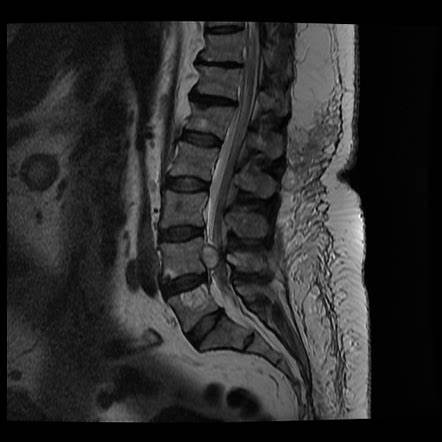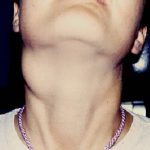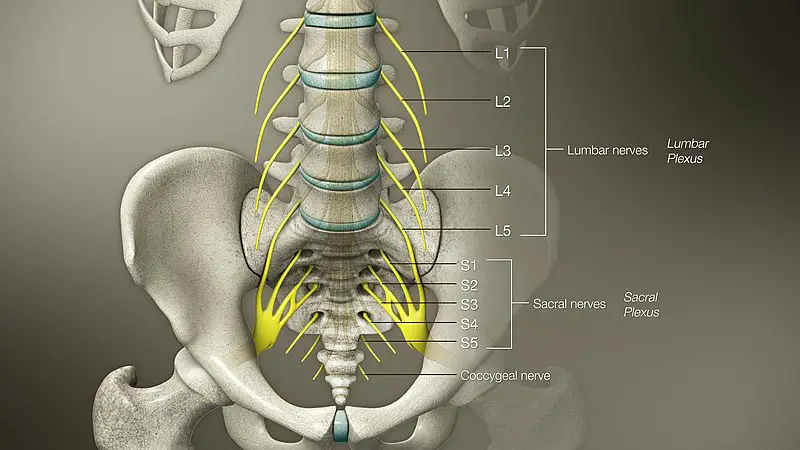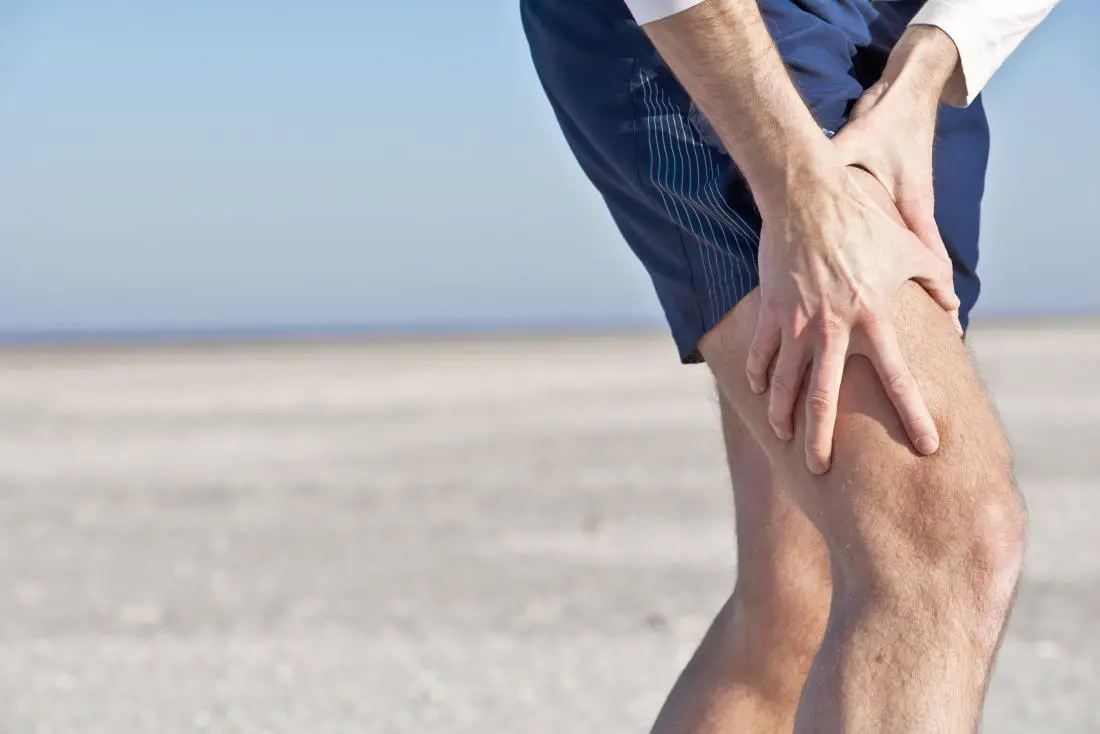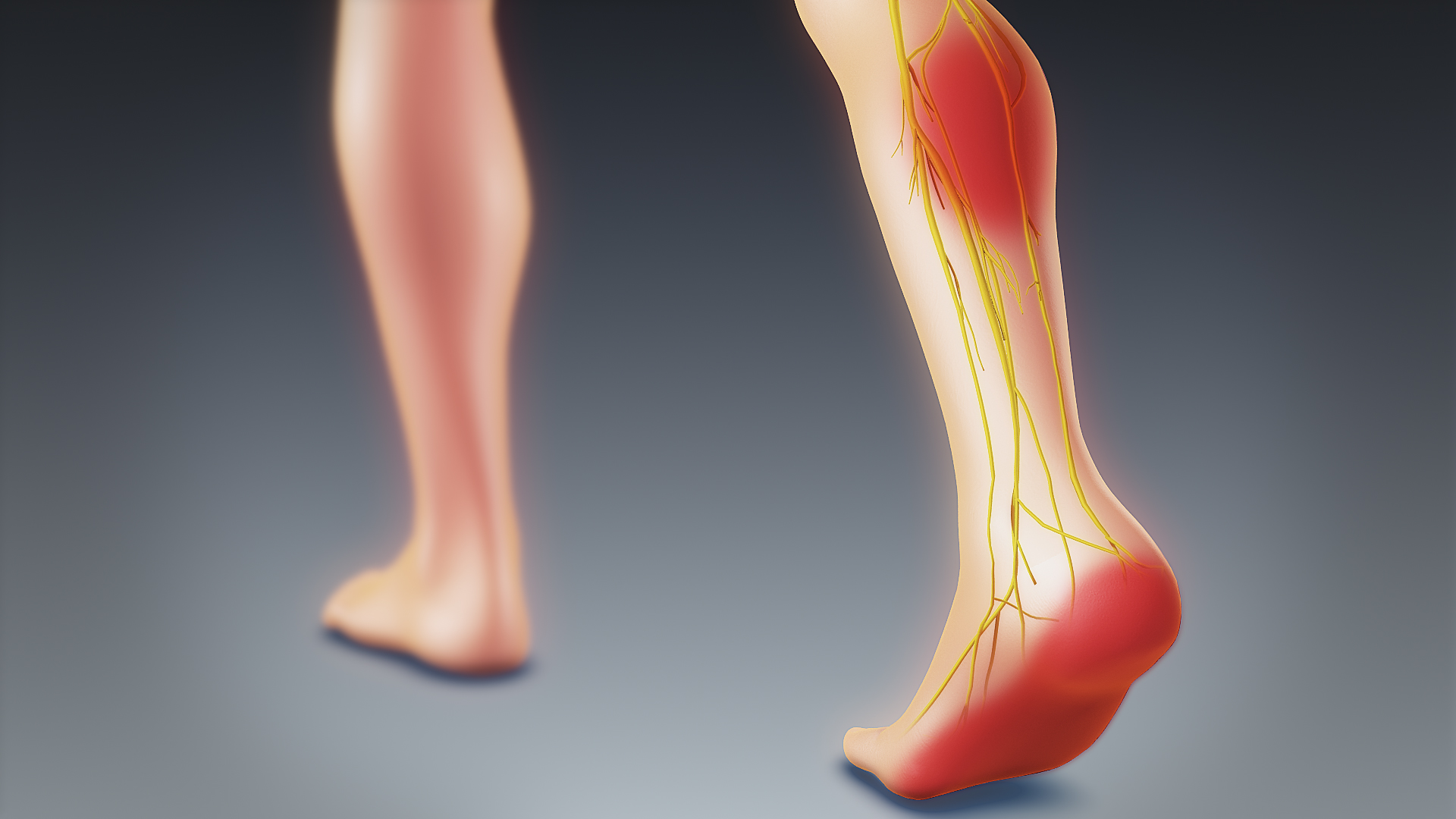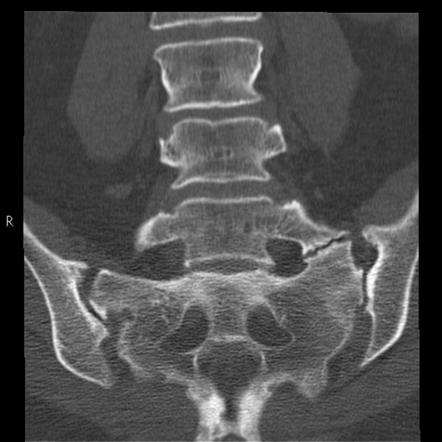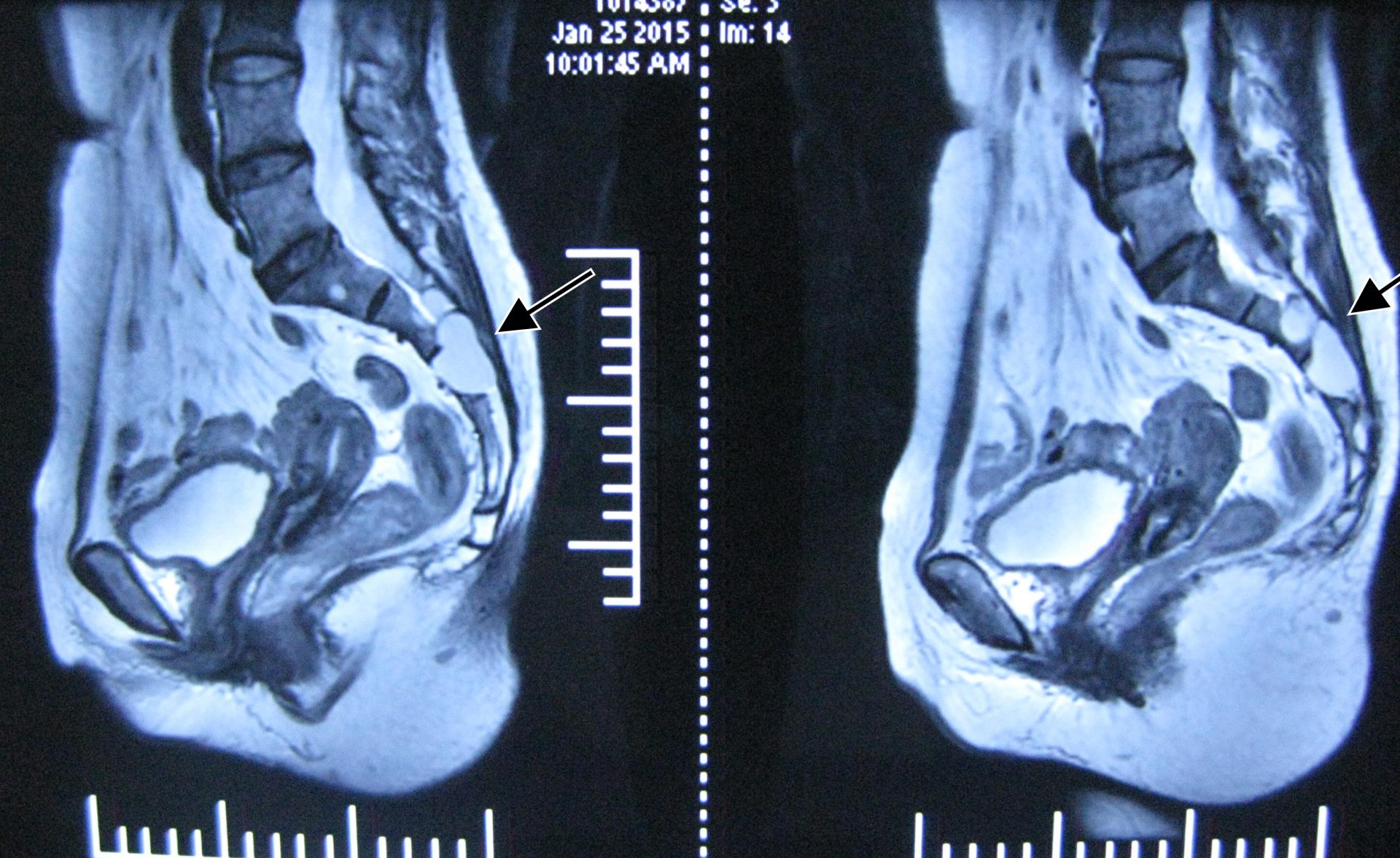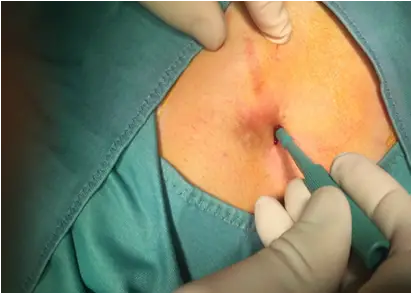Le Lumbar spine may be the site of multiple and varied pathologies that may be the cause of sometimes similar and misleading clinical pictures such as lumbar cyst.
What is it exactly? What are its types? What are the causes ? How to recognize it? And how can we treat it?
Find all the answers to these questions in this article.
What is a lumbar cyst?
The cyst is defined as a pathological cavity located in an organ or tissue, limited by a wall or a membrane.
It may contain tissue, cerebrospinal or blood liquid substance and may subdivide into several chambers or form a single one.
Le lumbar cyst is a generally fluid formation which develops in the lumbar spinal canal and can compress the nerve roots. It can be unique or form at different levels and thus be multiple.
What are its types?
Cysts affecting the lumbar spine can be subdivided into two categories: synovial cysts et Tarlov cysts.
Lumbar synovial cysts or lymph nodes
The posterior joint uniting two vertebrae lumbar is a so-called "type" joint synovial which means that it has an articular cavity and a synovial wall. This joint is often the site of degenerative changes such as spinal canal stenosis, spondylolisthesis where the wear due to a Osteoarthritis.
These different changes are sometimes the cause of small fluid formations, these are the famous para-articular synovial lumbar cysts also called ganglia.
The L4-L5 level of the lumbar spine being the most mobile, it is generally the preferential seat of these cysts.
Tarlov cysts
The Tarlov cysts (KT), perineural cysts or periradicular cysts, are cysts that generally form at the nerve root.
They are secondary to dilation filling with cerebrospinal fluid (CSF).
These cysts are generally located in the lumbosacral region, but they can be found in other areas of the spine.
What are its causes?
A cyst can be congenital as a result of a malformation during embryonic development or form as a result of inflammatory diseases, degenerative ou Injurious affecting the spine.
The exact cause of the formation of these spinal cysts is not yet known. Nevertheless, scientific hypotheses suppose that the articular degeneration at the origin of an inflammation could cause a fracture at the level of the articular capsule thus favoring the development of spinal cysts.
Other hypotheses concerning the appearance of lumbar cysts are also proposed, in particular: genetic predisposition or an pressure rise in the cerebrospinal fluid.
Symptoms: Clinical manifestation
Typically, lumbar cysts are asymptomatic. However, when these compress a nerve root, they become the equivalent of a herniated disc.
The first symptom encountered is usually pain : it can be located at the lumbar, abdominal, pelvic, perianal, vaginal or testicular level as it can radiate along the path of the compressed nerve root.
This pain can appear at rest or during more or less important efforts.
A muscular weakness can also be perceived as well as numbness, paresthesias, reduced sensitivity or even anesthesia.
The motor disorders are also part of the clinical manifestations encountered in patients with lumbar cysts.
Finally genito-sexual, urinary disorders (dysuria or urinary incontinence), intestinal and anorectal (constipation or on the contrary incontinence) can sometimes be encountered with a cauda equina syndrome.
There are situations that can cause clinical manifestations of initially asymptomatic lumbar cysts such as: childbirth, especially when epidural anesthesia is performed, trauma to the lumbar region or heavy lifting effort.
Diagnostic approach
Being a poorly understood entity, the lumbar cyst is still underdiagnosed. It is therefore generally a chance discovery.
The diagnosis is generally made on a bundle of arguments combining clinical arguments, the results of radiological examinations and other complementary examinations.
Clinical diagnosis
Based on the appearance of clinical signs such as:
- La lower back pain et root canal (extending along the course of the compressed nerve root);
- La muscular weakness, paresthesias and motor disorders;
- The sphincter disorders anorectal, sexual and urinary.
Radiological diagnosis
Various radiological examinations can be carried out in order to highlight a lumbar cyst, in particular:
- A standard lumbosacral x-ray: it does not always highlight the cyst itself, but rather the erosions and articular lesions at the origin of the latter.
- La lumbar computed tomography (CT): it makes it possible to diagnose lumbar cysts indirectly or directly.
- Magnetic resonance imaging (MRI): it represents the radiological examination of choice in the diagnosis of lumbar cysts
Additional tests
Examinations such as electromyography (EMG) and somatosensory evoked potentials in order to evaluate the impact of lumbar cysts on the sensory-motor level. A myelogram may also be offered for the purpose of analyzing the cerebrospinal fluid.
Treatment and care
In general, the management of a lumbar cyst depends on the impact of the latter in the daily life of the patient as well as the choice of the patient.
There is no medical consensus as to the treatment proposed in the management of lumbar cysts. Thus, several treatments can be offered to patients. Thereby :
- An analgesic treatment based on non-steroidal anti-inflammatory drugs, morphine derivatives or even physiotherapy can be offered as first-line therapy.
- Lumbar cortisone injections under scanner are also sometimes indicated in order to reduce pain.
- Cyst aspiration or the injection of a scanner-guided biological glue are also proposed in certain situations in order to reduce the compression caused by the cyst on a nerve root.
- Finally, the reference treatment in order to definitively solve the problem remains the microsurgery. It can significantly reduce pain and other symptoms or even complete healing in some situations.
Different surgeries can be performed, such as:
- THEpartial or total removal of the cyst, when the wall of the latter is devoid of nerve cells;
- La laminectomies which is the act of removing part of the vertebrate named spinal blade to decompress the nerve root;
- La microsurgical fenestration of the cyst in order to close it;
- And finally, thecystic imbrication, which is the act of filling the cyst with fat belonging to the same patient.
Conclusion
Despite the progress made by magnetic resonance imaging in the diagnosis of lumbar cysts, the latter are still too often underdiagnosed, which is the cause of wandering and diagnostic delays.
My name is Sidali. I am a general practitioner and Web Editor. As a healthcare professional, my mission is to contribute to the relief of my patients' ailments. Being also passionate about writing, I have the pleasure of sharing my solid medical knowledge with the greatest number of readers, by writing popular articles that are very pleasant to read.

